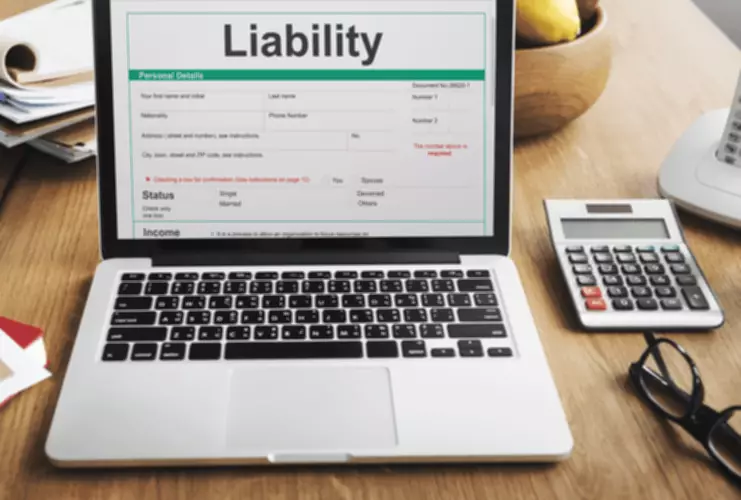2017_3172 Derivative adjustment of the basic annual contribution through mark-to-market method European Banking Authority
Content

Charles is a nationally recognized capital markets specialist and educator with over 30 years of experience developing in-depth training programs for burgeoning financial professionals. Charles has taught at a number of institutions including https://www.bookstime.com/ Goldman Sachs, Morgan Stanley, Societe Generale, and many more. During January 2010, Adair Turner, Chairman of the UK’s Financial Services Authority, said that marking to market had been a cause of exaggerated bankers’ bonuses.
In trading and investing, certain securities, such as futures and mutual funds, are also marked to market to show the current market value of these investments. In contrast, the add-on for the potential future credit exposure defined in Article 274 CRR has to be calculated for all contracts regardless of the current market value.
Job Board
It may not be necessary to reconcile these different perspectives. Both could be accommodated if banks were required to fully disclose the results under fair value accounting but not to reduce their regulatory capital by the fully disclosed amounts.

GAAP requires adjusting these securities to fair value each period even if they are not sold. The Sarbanes-Oxley Act of 2002 was created in part because of Enron’s fall from grace, along with WorldCom . The Act promoted a greater degree of financial transparency by instituting a greater degree of regulatory control over companies, their boards mark to market of directors, and their accounting practices. Returning to the same catering company from earlier, say they went to a lender seeking a $5 million loan to open a larger food processing plant to expand into prepackaged frozen meals. A bank could look at the assets of the company and see that they paid $500k to establish their current location.
Effect on subprime crisis and Emergency Economic Stabilization Act of 2008
The term mark to market refers to a method under which the fair values of accounts that are subject to periodic fluctuations can be measured. Mark-to-market losses are paper losses generated through an accounting entry rather than the actual sale of a security. The daily mark to market settlements will continue until the expiration date of the futures contract or until the farmer closes out his position by going long on a contract with the same maturity. Mark to market is an alternative to historical cost accounting, which maintains an asset’s value at the original purchase cost. In the US, mark to market accounting is overseen by the Financial Accounting Standards Board , which defines fair value and measures it under generally accepted accounting principles .
In this case, the meaning of mark-to-market is a little different. Let’s say a day trader’s trades brought them one million dollars in profit during the taxable year. However, they have retained certain shares of stock that actually represent an unrealized loss, since the price of that particular security has recently decreased. Using mark-to-market accounting, this day trader could regard that security as a closed position at the end of the calendar year and subtract the loss from their gross annual income, thereby reducing their taxable income. For example, a bank or other such institutional lender may have customers who default on their loans, which then turn into uncollectible bad debt.
Steps to Calculate Mark to Market in Futures
It is done by recording the prices and trades in an account or portfolio. On March 16, 2009, FASB proposed allowing companies to use more leeway in valuing their assets under «mark-to-market» accounting. On April 2, 2009, after a 15-day public comment period and a contentious testimony before the U.S. House Financial Services subcommittee, FASB eased the mark-to-market rules through the release of three FASB Staff Positions .